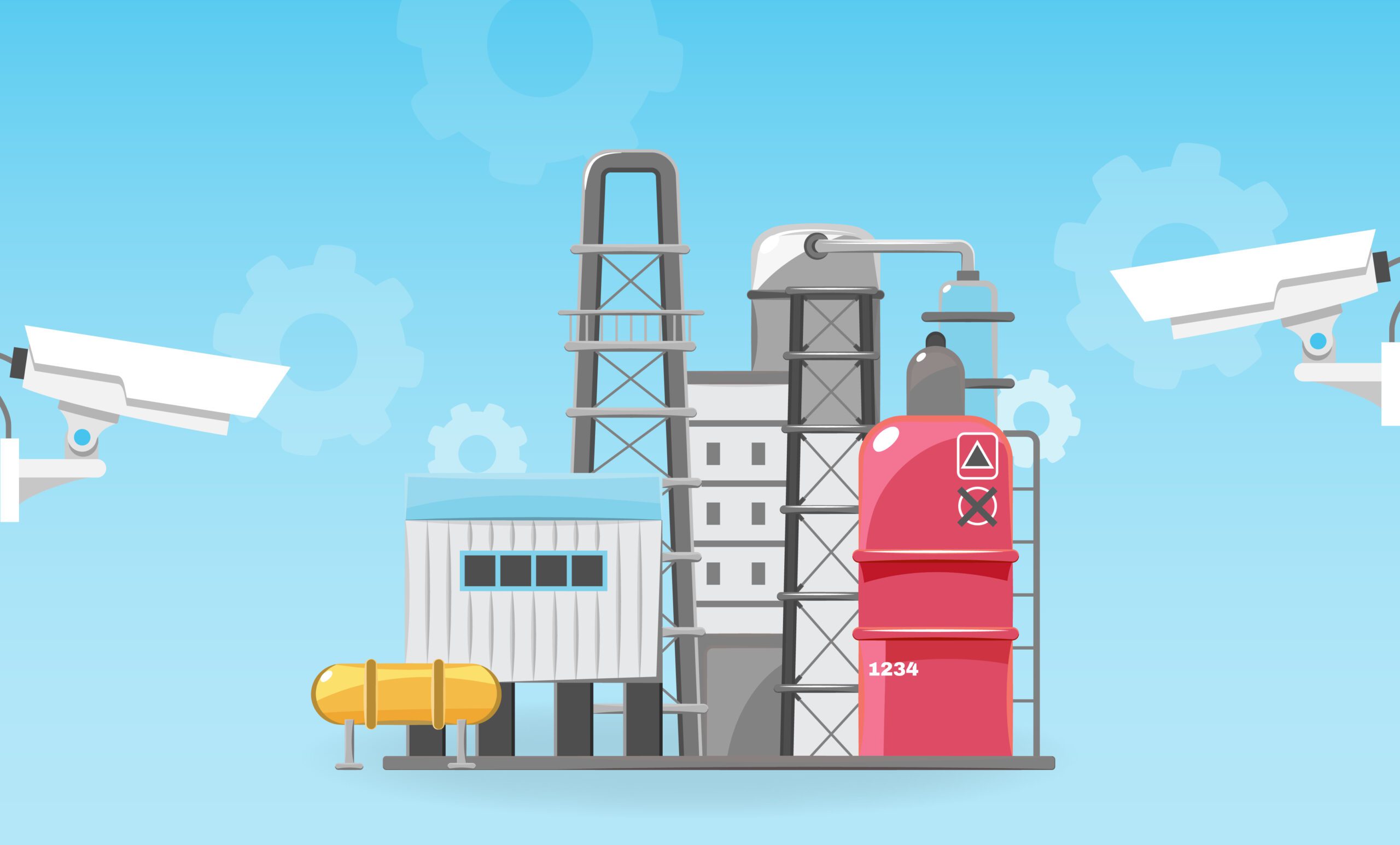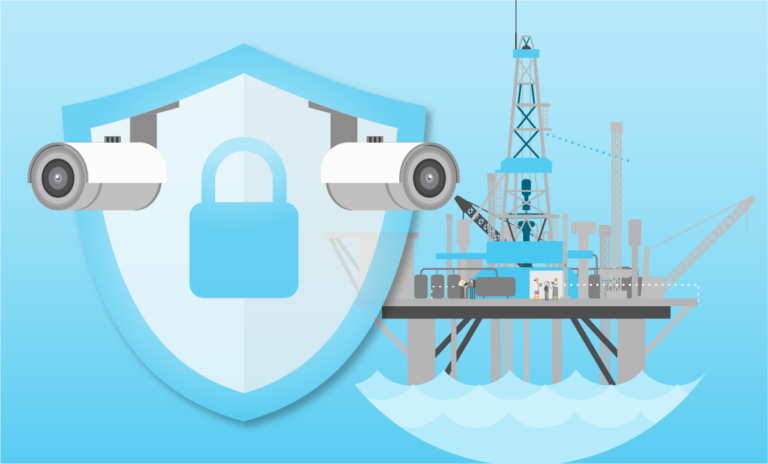
If you work in the oil and gas industry, then you likely realize what a challenge it is to ensure that your physical security devices run consistently, securely, and in line with your company’s standards and policies. But you may not yet realize what a difference automation can make in helping organizations like yours to manage and secure physical security devices reliably and efficiently in order to maximize both these devices’ uptime and their physical security ROI.
While virtually all types of organizations can benefit from automating the operational management of their physical security devices, the oil and gas industry stands out for the unique difficulties it faces in trying to keep its devices running properly. But by automatically monitoring and maintaining their physical security devices, oil and gas companies can maximize these devices’ uptime and harden them against cyber threats, with a minimal need to spend their team members’ valuable (and expensive) hours working on them.
That’s exactly what a leading global oil and gas corporation found while using SecuriThings’ automated solution to manage and secure its vast array of physical security devices.
As we highlighted in a case study, SecuriThings has enabled this company to efficiently boost the reliability and security of its physical security devices. The lessons this company has learned along the way shed light on the ways automation can help oil and gas companies of all types (as well as other kinds of organizations) to maximize their physical security ROI.
Why managing physical security devices is so challenging for oil and gas companies
While some of the difficulty facing oil and gas companies is built into the way these businesses operate, much of it stems from their lack of visibility into the operational status and health of their physical security devices. These companies need to protect both upstream and downstream facilities for extracting and processing resources such as oil and natural gas. To ensure their ability to sell these resources, they need to protect numerous commercial locations such as gas stations. And to ensure their ability to function smoothly as companies, they need to protect their headquarters and other corporate offices.
Further adding to oil and gas companies’ physical security challenges is the geography of the sites they must protect. Not only is it common for these businesses to include large numbers of locations spread over a huge area, but many of these sites are remote and difficult to reach. And some of their refineries can go months without being visited.
At the same time, these companies’ lack of real-time visibility into the status of their physical security devices means that a device such as a security camera can sometimes be offline for weeks before team members notice the issue. Diagnosing the issue then takes additional time and resources. Even when an organization has a good understanding of an issue affecting one or more of its devices, resolving the issue typically entails paying (and waiting) for a technician to visit the site.
In addition, physical security devices require hardening and maintenance steps in order to continually operate securely and reliably. To comply with accepted cybersecurity standards, it’s critical for oil and gas companies to regularly rotate their devices’ passwords and upgrade their firmware, among other maintenance tasks. While performing these steps manually is time-consuming and costly for any type of organization, the sheer volume of devices used by major oil and gas companies makes it virtually impossible to maintain these devices without an automated solution.
Boosting security through automation
When a major global oil and gas company wanted to tap into the power of automation to address these challenges, it decided to use SecuriThings to streamline and enhance the operational management of its physical security devices.
With tens of thousands of physical security devices deployed around the world, this company has illustrated how automating the operational management of those devices can help keep them running smoothly and securely. This approach has enabled the company to manage its devices reliably, consistently, and efficiently.
Specifically, SecuriThings monitors the company’s physical security devices, notifying the relevant team members whenever a device issue is detected and providing key details to help with root cause analysis. SecuriThings can also help resolve many device issues remotely, automatically performing steps such as device restarts.
No less importantly, SecuriThings uses automation to streamline routine maintenance steps. By automatically performing steps including password rotations and firmware upgrades, our solution helps protect this oil and gas company from the risk of a cyberattack. These maintenance steps also help ensure that the company’s physical security devices function without interruption.
For any oil and gas company struggling to manage and secure its physical security devices in order to maximize their uptime, this company’s case study is worth a read. Not only does it provide an example of how automation can empower organizations to improve their physical security posture efficiently, but it explores the specific features and capabilities that make this improvement possible. No less importantly, this company’s story sheds light on how automation can help you to make sure your devices comply with your policies and standards, while staying protected from cyber threats.
For a closer look at how a global oil and gas company is usinjg SecuriThings to efficiently improve its physical security posture, check out our case study.




